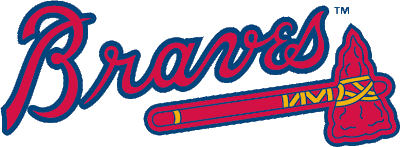Wednesday, April 6, 2011
Aboriginal Motifs
Functions and Philosophies
Respect
The rights of Indigenous people to own and control their heritage, including Indigenous images, designs, stories and other cultural expressions, should be respected.Customs and protocols for respect vary widely across the many and diverse communities of Indigenous Australian people. Respecting Indigenous rights to cultural heritage includes the following protocols
- Acknowledgment of country
- Public art – acknowledging land
- Accepting diversity
Consent
Consent is necessary for the reproduction of Indigenous visual arts, and if traditional communal designs are included, consent may be required from traditional owners. Consent can be achieved best though some of the following
- Awareness of the way in which their own culture affects how they see an issue
- Understanding and building awareness of the other culture
- Patients in misunderstandings which arise out of cultural differences
- Find the right people within a community to consult.
Consent must be informed. This means that people must be given time and information to consider the requests made.
Moral Rights and Issues
Many moral rights and issues are risen when dealing with other cultural works, much the same as the rights that we have as designers artists maintain specific rights to protect not only thier artworks but the cultural implications that come with reproduction and reuse of thier artwork. Some rights or issues include:
- Internet sale of art
- Exhibition of Indigenous art
- Displaying art
- Acknowledging the artist
- Using works from collections
- Documenting the exhibition
- Exhibition fees
- Secret and sacred material
- Representation of deceased people
- Copyright
All of these issues and moral rights must be taken into account when dealing with any cultural groups not only those of Aboriginal heritage. we must always act appropriatly when dealing with such issues and remeber that Inappropriate treatment like cutting or destroying a physical artistic work, cropping a reproduction or reproducing in poor quality are not only morally wrong to any person of any cultural background but can create problems for you in the future.
Native American 'MoChiefs'
Boston Braves - 1912 - 1915
1916 - 1920
1990 - Current
The Atlanta Braves
The Atlanta Braves logo and support logo are successful logo’s, they display a strong sense of letter form and colour in order to create a strong identity and brand. The scripted type gives a sense of tradition and history, as the club is one of the oldest in the MLB teams beginning as the Boston Braves in 1900 and this would be an important aspect for the club to highlight. The logo uses the image of a stone tomahawk to continue its connection with the Native American culture that has been utilized throughout the clubs history, as well as the tomahawk motif the use of the word ‘braves’ is also a Native American term that symbolizes a strong member of the native American tribe or communities similar to a chief. I think the colour use completes the logo nicely, earthy warm tones assist the Native American theme and idea of sharing a connection to the land.
When we look at the imagery used throughout the clubs history the original Atlanta braves logo stands out. The use of a comical, jovial and even somewhat stereotypical image of a Native American man is very eye catching and works really well as a logo. However, what I think is more grabbing about this logo is the blatant racism that comes with such an image, having come from Boston originally then Milwaukee and currently Atlanta, I think it is important to note that both Boston and Atlanta have a 0% native American population,only to be outdone by Milwaukee with only 1%, for a team that has based its identity on a culture that has been extinct from their communities for many years I think it is un ethical to use such stereotypical motifs.
Having said that I think the newer updated and more culturally considered logo has been more well thought and condsidered to create a successful composition. The support logo in particular is very successfull in popular culture today, being used in popular clothing, I knew the actual logo before I knew which team or city that it belonged to.
Monday, April 4, 2011
Subscribe to:
Posts (Atom)












